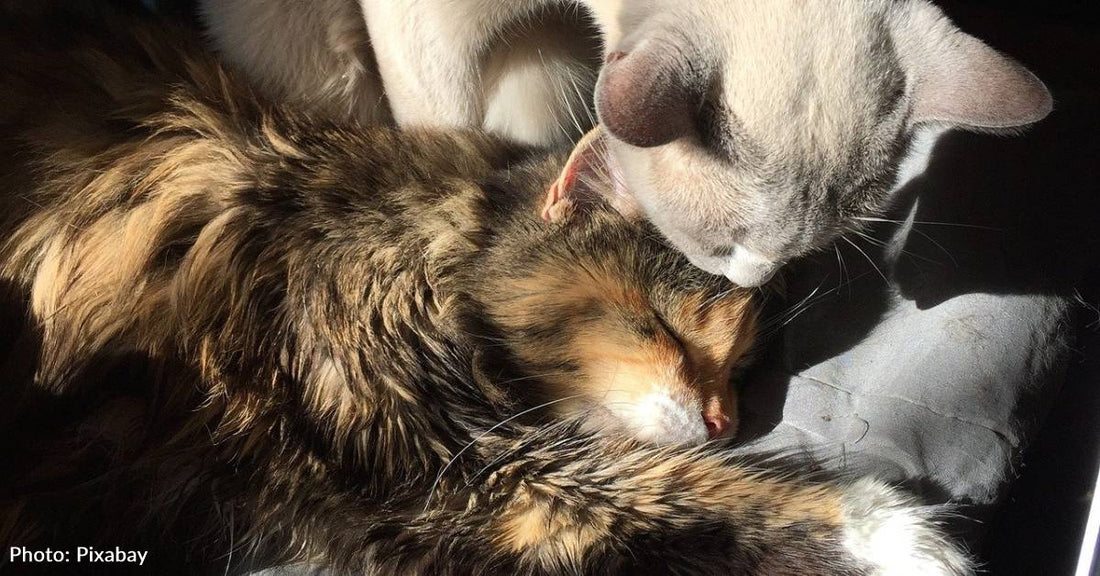When Arthritis Strikes: How to Help Your Older Cat
Shopify API
Dogs tend to suffer from arthritis as they get on in years, but cats generally refuse to show weakness, and older cats with joint pain are no exception. This also means that arthritic kitties may not immediately get the attention they need.
Once you realize that your older cat needs some pain relief, however, there are several ways you can help. Read on for 8 ways to help older cats cope with the aches and pains of old age.
8 Ways To Help Cats With Arthritis
 Photo: Pixabay
Photo: Pixabay1. Place food, bed, and litter box at ground level
Cats with arthritic joints may find it difficult to climb or jump, so make sure that there are sleeping places, food bowls, water, and a litter box at ground level. Providing ramps can also help stiff felines access their favorite spots.
2. Be wary of weight gain
It's important to control your senior cat's diet, to ensure s/he isn't carrying too much weight on tender joints. Seek advice from your vet about the ideal weight for your cat, and manage food portions to help it get there.
3. Ease joint pain with supplements
Supplements that can help aching joints include essential fatty acids to reduce inflammation, and glucosamine and chondroitin to promote cartilage building. These supplements are very safe for cats, so think about adding them to your pet's diet after discussing options with your vet. Many cat food supplements for older animals include some combination of these ingredients, so choose the one that seems right for your animal's needs.
 Photo: Pixabay
Photo: Pixabay4. Consider natural remedies
Other homeopathic remedies can be used as well, such as St. John's wort, willow bark, and Cayenne pepper. Don't forget to discuss these remedies with your veterinarian to ensure no adverse reactions occur.
5. Embrace gentle playtime
Encourage gentle exercise and free joint movement by playing with your cat, but be careful not to encourage behaviors such as jumping that could jar the joints.
6. Try massage or acupuncture
Massage or joint manipulation may help your cat be more comfortable almost immediately on treatment, though it is not a long-term solution. Talk to your vet about finding a local, trained practitioner for a session to see if it helps. Acupuncture can help older cats without the side effects of conventional medicine.
 Photo: Pixabay
Photo: Pixabay6. Talk to your vet
Talk to your vet about starting your pet on a course of non-steroidal anti-inflammatory drugs. Use these drugs with caution, at the lowest effective dose. They manage both swelling and pain and can significantly improve an arthritic animal's quality of life.
7. Help out with grooming
Spend time grooming your cat, including clipping its nails if necessary. Proper cleaning may be hard for an arthritic cat, and being pampered and gently stroked as you groom it adds pleasure to the experience.
8. Be proactive
The sooner you can tell your cat is suffering, the sooner you can do something about it. Here are some ways to identify pain in animals that you might not have thought about before.

